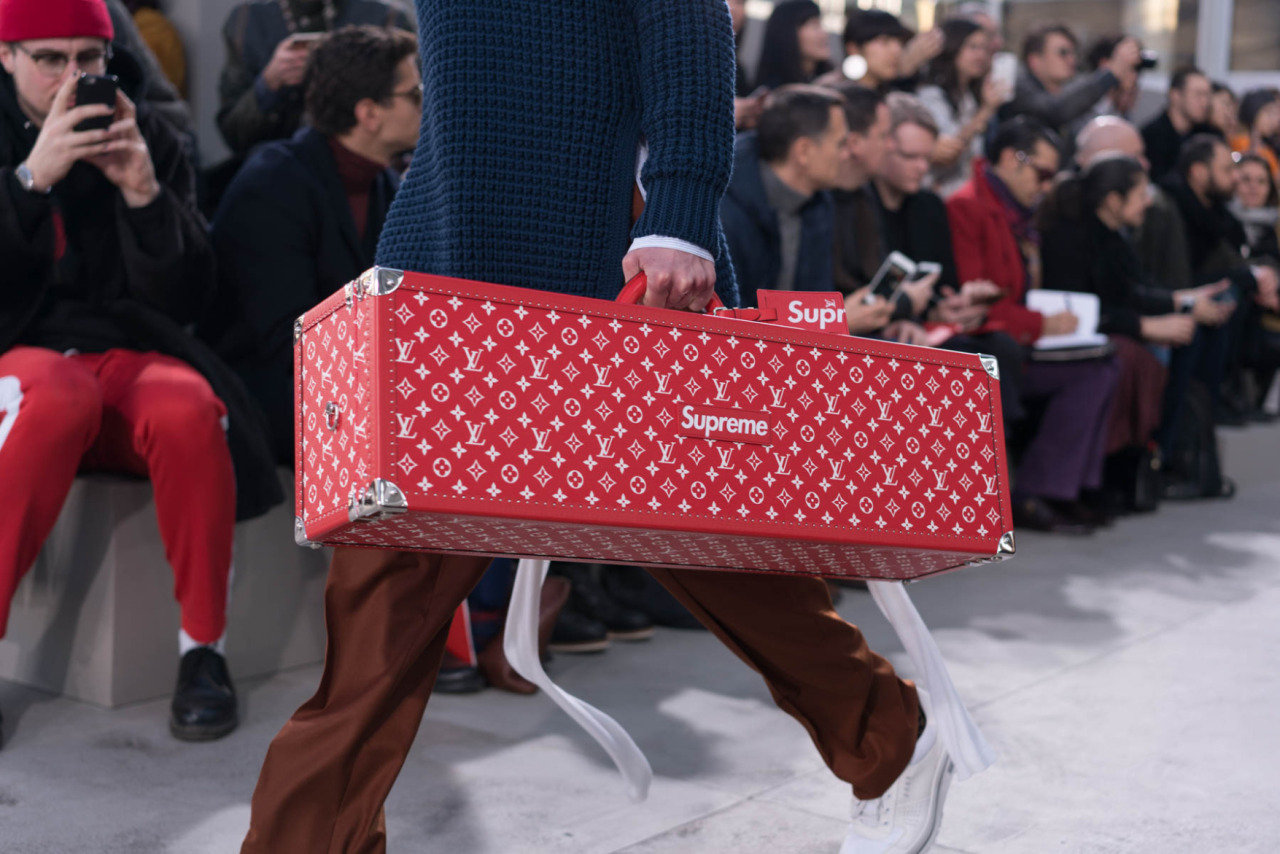Streetwear’s recent revolution has turned a trend into a lifestyle. We’re seeing luxury t-shirts, sneakers and rubber slides integrate the luxury fashion market. Amongst the innovative marketing strategies, one in particular stands out: the ‘drop’.

Brands like Supreme have changed the game when it comes to brand power and marketing, abolishing all preconceived rules. They’ve been hinting at a Supreme lipstick, have a collab with Louis Vuitton, resulting in flashy pop-up stores, and promote customer interactivity by allowing upvotes and downvotes on their drop products. With a consumer not prepared to wait six months for something new, regular drops in the nature of big-name skate brands like Supreme and Palace are taking over the retail landscape. More accurately, these brands are erasing the landscape altogether.

Traditionally, we’ve seen luxury brands deliver their collections twice a year in large volumes until stock runs out. However, with the rise of social media and urgency, we see luxury brands like Burberry developing fluid delivery strategies and digital fashion tactics, mirroring the successful ‘drop’. Thanks to the ‘Instagram Age‘, the dual season, ‘until stock runs out’ approach has become somewhat obsolete, and replaced by its superior cousins ‘the drop’ and social media. A drop sees products trickle down into stores in much smaller quantities on a more consistent basis (4 – 12 times a year). Business of Fashion advises the drop generates marketing heat, more than we have seen with conventional marketing tools. We are seeing a ripple effect, from the birth of Influencers and their sponsored posts, apps and pop-up stores– this age of social media and fast fashion is on par with the mighty drop.

So why does the drop work so well? Limited editions create urgency and hype, pushing buyers to purchase then and there to forego the risk of missing out. “[A drop] doesn’t conform to traditional fashion release timing, so it’s unpredictable and, therefore, the products seem scarce.” Adam Alter (Associate Professor Marketing NYU Stern School of Business) told Fashionista. This scarcity of items, combined with the new release of different designs draws on the need for individuality. People are increasingly trying to set themselves apart from the crowd, resulting in these limited editions being snatched up.
The younger generation are looking for something that stands out and makes them special, rather than necessarily an amazing finish that you would find with some traditional brands Demna Gvasalia, Creative Director of Balenciaga tells Quartzy
It’s clear this trend of dropping is symptomatic of the Instagram-age. It illustrates a whole new world of digital fashion- spurning the seasons for one-click shopping. The only question to ask is: what’s next to come?
Let us know in the comments below what you believe the next millennial marketing trend to be.







